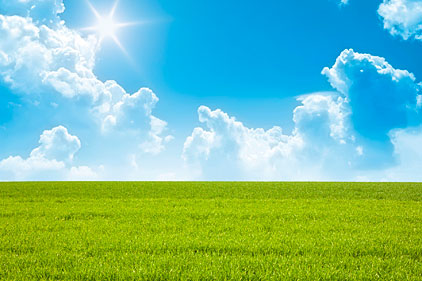Ultra-Light Solar Impulse Plane Set to Take Flight Across America

MOUNTAIN VIEW, CA – Solar Impulse – an ultra-lightweight, solar-powered plane capable of flying day and night – is set to take flight across America with the help of diverse material innovations and technologies from Bayer MaterialScience.
The plane will start its cross-country flight in San Francisco, stopping off in Phoenix and Dallas before landing in Washington, D.C., and then onto its final destination, New York City. It will be a key breakthrough for the Solar Impulse project, which ultimately aims to be the first manned aircraft to circumnavigate the globe completely without fuel in 2015.
Swiss pioneers Bertrand Piccard and Andrè Borschberg, co-founders and pilots of the Solar Impulse project, worked closely with Bayer MaterialScience to make the vision possible.
“By collaborating with Solar Impulse, we’re truly living the Bayer motto – ‘Science for a Better Life’ – as we make progress together toward more energy-efficient transportation solutions in the future,” said Patrick Thomas, CEO of Bayer MaterialScience.
The highly anticipated Solar Impulse Flight Across America showcases several Bayer materials and technologies:
- High-performance polyurethane rigid foams used in the wing tips, motor gondolas and cabin;
- High-performance polycarbonate films used in the cabin window; and
- High-performance adhesive and coating raw materials used in the cabin, as well as structure-covering films and wing-covering fabric
“The pioneering Solar Impulse mission is the ideal platform to demonstrate how Bayer’s innovation can contribute to society’s needs,” said Richard Northcote, head of sustainability, Bayer MaterialScience. “We have developed new solutions and applications for our materials and proven they can perform in the most strenuous conditions.
“And, like Solar Impulse, Bayer MaterialScience is committed to reducing energy consumption while investing in clean technologies.”
During the day, 12,000 solar cells on the surface of the aircraft power four electric motors and charge four lithium polymer batteries, enabling the aircraft to fly with solar energy during the night.
“Bayer materials showcased on the plane are the same materials we use to serve other markets and customers, including lightweighting for automotive and transportation, insulation for building and construction, and thermal management for consumer electronics,” explained Jerry MacCleary, President, Bayer MaterialScience LLC.
A second aircraft, which is currently under construction, will be used for the 2015 flight around the world. This plane will need to be even more lightweight than the current plane, providing additional opportunities to showcase Bayer’s material innovations.
Looking for a reprint of this article?
From high-res PDFs to custom plaques, order your copy today!






